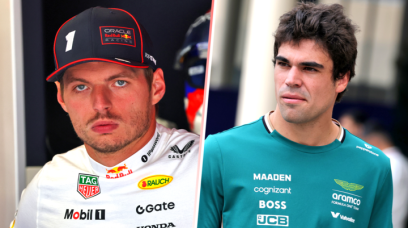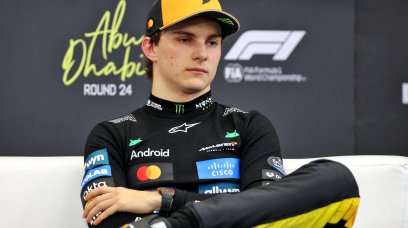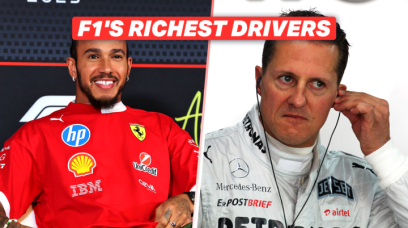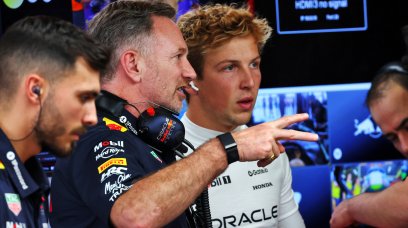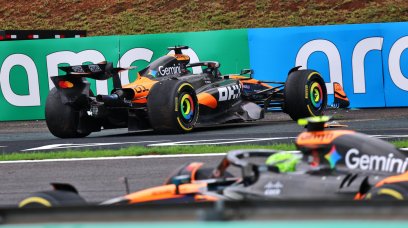There was huge expectation on Wednesday morning at the Circuit de Barcelona-Catalunya for the debut of the RB18, as Red Bull couldn't keep their real 2022 Formula 1 car hidden any longer when the car headed out on track to begin pre-season testing. The new car designed by Adrian Newey and his technical staff is totally different from the other 2022 cars. In fact, so far we've identified two design routes – notably the one followed by Mercedes, in terms of reduction of the volume of the sidepods towards the rear ends, and the one adopted by Ferrari with medium-length sidepods but a wide cross-section throughout. However, the RB18 differs clearly from both concepts. In particular, what stands out most is the way in which the lower section of the sidepods is cut out, defining a channel. In detail, this area benefits notably from the Coanda effect, which Newey's history proves he is brilliant at mastering. In this way, the airflow doesn't detach from the bodywork, providing an energised flow up to the trailing edge of the beam wing of the rear wing. It is interesting to note how the sidepod inlet ports have a low leading edge, which extends surprisingly far forward. This element, in fact, has the function of splitting the airflow impacting this area into two separate portions, so as to feed the cooling systems, and the lower flow directed to the rear wing lower profile.
On the nose tip, a horizontal hole is also visible – serving as the entrance of a lookalike S-duct inside the nose cone. It's a feature that, so far, isn't present on other cars in terms of an equivalent cross-section of the inlet.
It is interesting also to note the inclination of the front suspension wishbones relative to the ground. These elements are almost horizontal, showing in this way a totally different roll centre, compared to the previous car. This feature is not predominantly brought about by the adoption of the 18-inch tyres, and is instead much more linked to the different vehicle dynamics. In fact, to optimise the efficiency of the Venturi-channelled floor, it is important to keep the ride height variations to the minimum, so as to maintain pressure stability under the floor of the car. Red Bull started the first day of testing with a basic version of the RB18, in which Verstappen completed 147 laps in total. The most important task was to collect as much data as possible from the new car, focusing on the functioning of the new floor. In the afternoon, the RB18 was equipped with some new parts, including different rear bodywork and openings on the sidepods. Over the next few days, we'll be taking a closer look at many more cars and also analysing the teams' different design choices. One thing is already clear after a test day in Barcelona: the designers have done their utmost to surprise us with their new cars. Copyright text and photos Paolo Filisetti/RacingNews365
Most read
